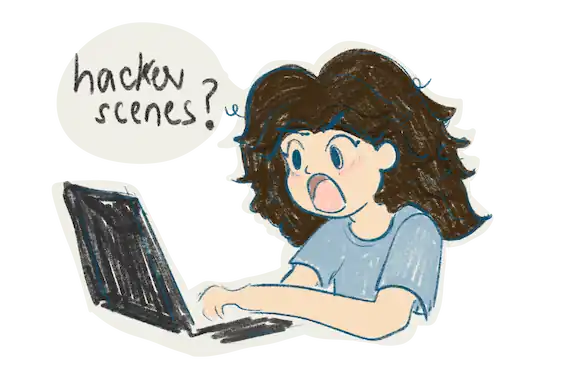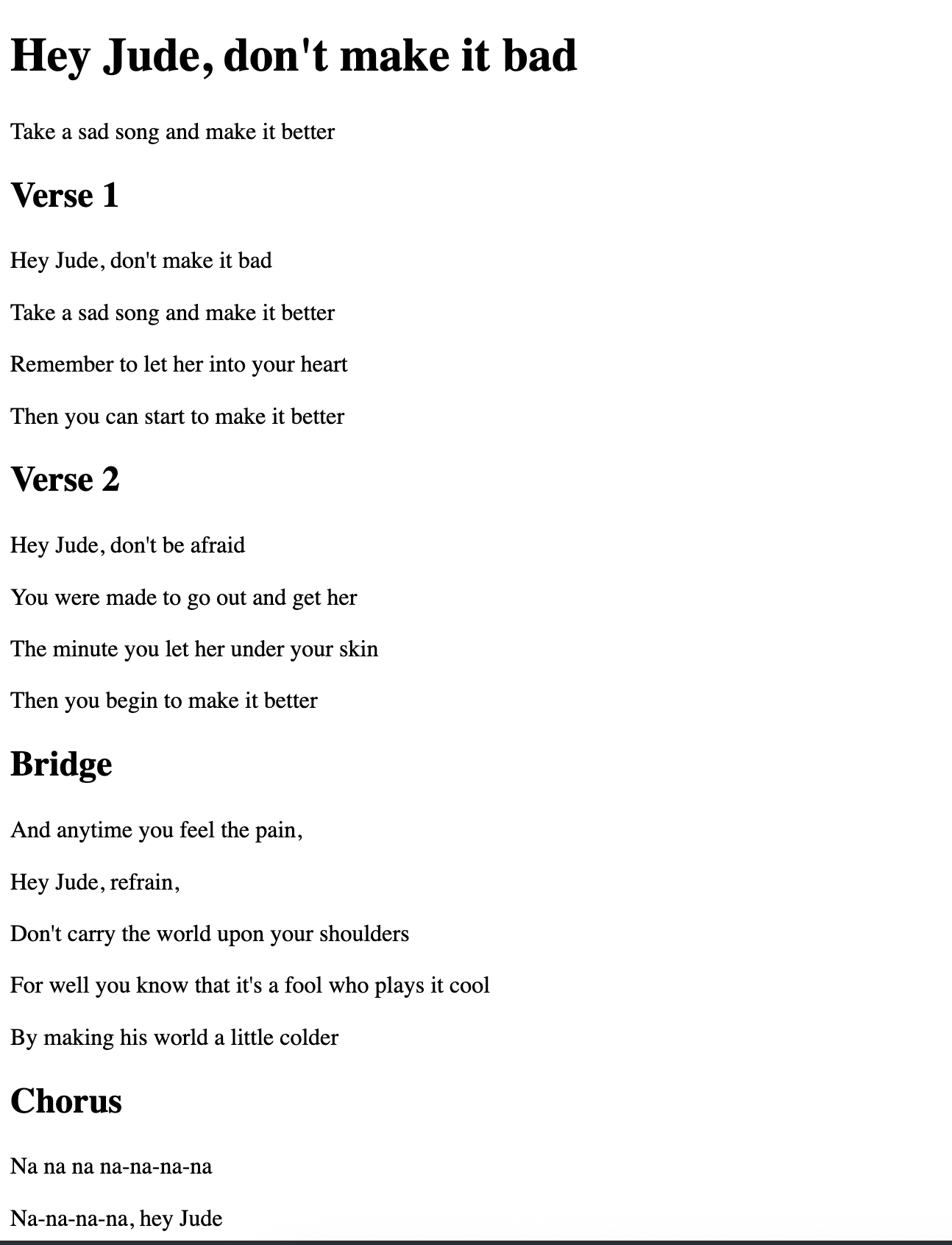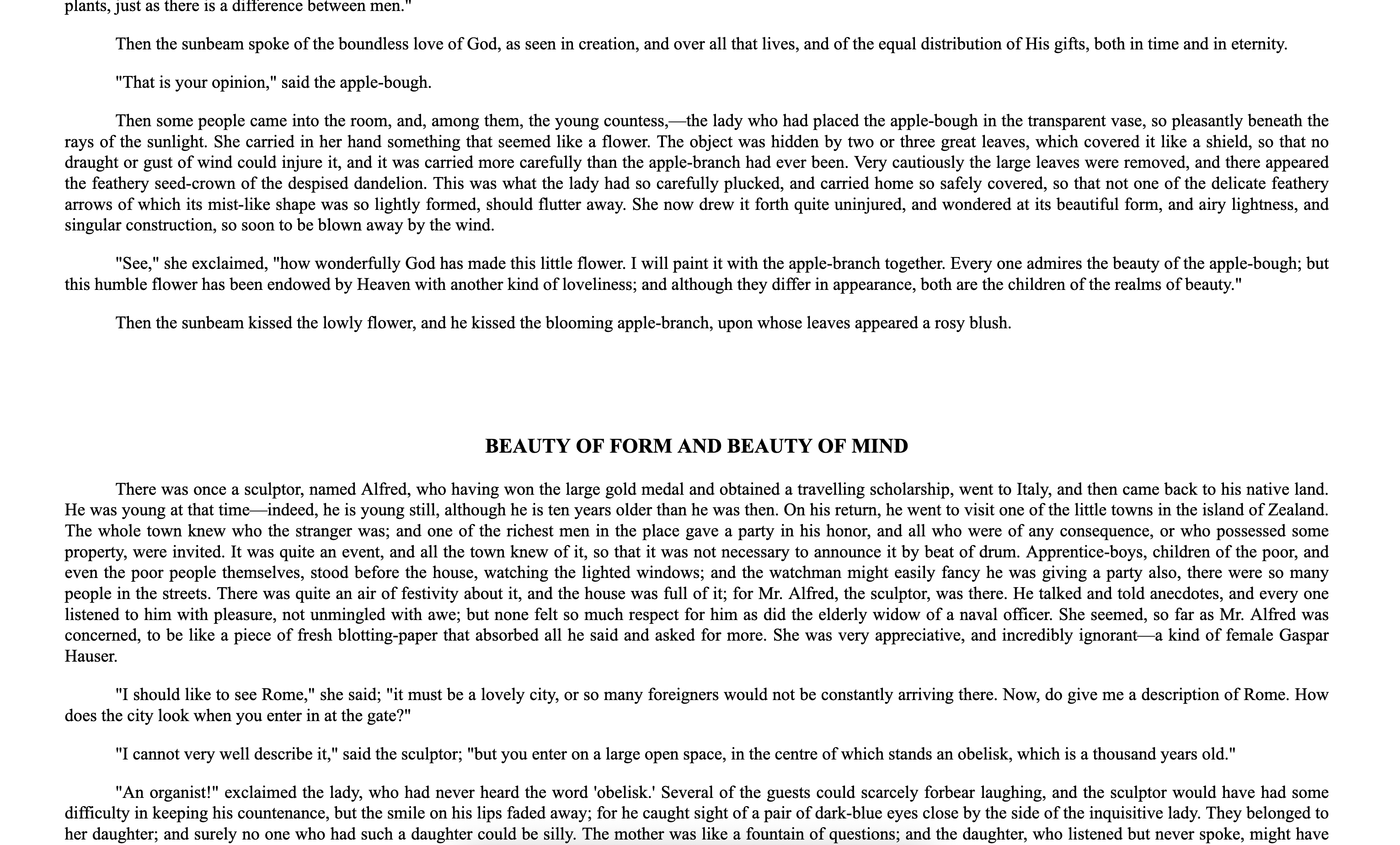This course is open source
Explore the full curriculum, teaching materials, and student work. Everything is freely available for anyone to go through.

The M.DES (2024) students at DAIICT just wrapped up an intense crash course in web design and development. With little to no prior experience in HTML, CSS, Git, or Astro, we threw ourselves into the web2025 module and made it through pretty nicely! Here is a gallery of (almost) all our work made during this ambitious undertaking.
ft. Aahana, Aiman, Amruta, Ananya, Anoushka-d, Diksha, Dishita, Harshit, Iksha, Jaipal, Manasi, Meet, Monika, Nishtha, Raja, Tanya, Vanshika, not11Khushi
The guiding metaphor for this module was of the web as a physical space. The internet today has become boring and more or less the same.
If it were to be thought of as a patch of land to grow things...
...we'd much rather have it be the more organic, interesting, and messy garden.
If it were a bookshelf...
...we'd prefer one that wasn't the same old stuff we see everywhere.
If it were a city...
...we'd want it to be welcoming and vibrant, not a boring suburb of content.
This was the point. Not for optimizing user "conversions" and sales, or thinking in terms of sterile "user-centricity" but a handmade space that reflected and accommodated us and our tastes.
To do this effectively, we needed to draw ourselves out of Behance, Dribbble, Pinterest and all of these places and look at a different kind of web, the early and the small web.
We set out to be digital archaeologists...
...roaming the ruins of Geocities and exploring the Internet Archive...
...collecting interesting things we found along the way that we could learn from.

Right away on Day 2, we jumped into getting introduced to HTML and CSS! Before we even thought about designing things that looked "nice" and worthy of being made by designers, it felt like a better idea to get our hands and brains a little messy. This exercise was similar to splashing paint on walls or doodling on the back of notebooks; except we needed to get our sites to look as ugly as possible with any new CSS properties we could discover. Starting with a plain, unstyled HTML document, we proceeded to making the biggest mess we could manage in an afternoon. Our sites were up on the internet from the second day too!

Next up was learning how to take a piece of free-flowing text and design a layout for it. The twist here, of course, was to think about how to structure it in HTML _and_ figure out what CSS would bring it to life. That meant every step, or misstep, would very much be our own. Each of us was to transform one of Hans Christian Andersen's fairy tales into a webpage that demonstrated the use of flexbox and floats, typography choices with fonts, incorporated images, and drew inspiration from CSS Zen Garden while experimenting with techniques from Jen Simmons' works. This project became an initiation into the rich tradition of developers wrestling with CSS, losing hours to tweaking margin and padding, and joining the ranks of those searching "how to center a div," and discovering that the most valuable skills weren't memorizing CSS properties but learning to search for answers effectively, debug systematically, and know when to ask for help.
After proving to ourselves that we could wrestle code into submission and make something that looked intentional, it was time to think bigger. This meant moving beyond the technical stuff and getting philosophical about it. Why make a personal website at all? What's the point of having your own space when social media exists? We spent time reading manifestos from people who'd carved out weird, wonderful places on the web, thinking about digital gardens versus blogs, and doing what we called "personal archaeology"; digging through our own interests and obsessions to figure out what we thought would occupy this corner we'd be making. The goal wasn't to build the perfect website right away (we had, like, 10 days), but to plant seeds for something that could grow over time, something that felt ours rather than another template-driven platform presence online.
Explore the full curriculum, teaching materials, and student work. Everything is freely available for anyone to go through.